Indian Tour Operators Eye Growing Profits As Young Indians Embrace Adventure Tourism
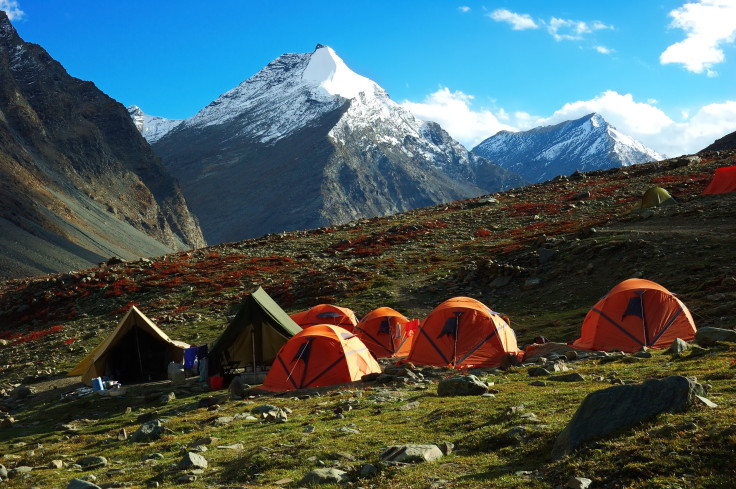
RAMNAGARA, India -- "I don't think I can go ahead with this, I'm so scared!" Nivedha Rajasekharan screamed as she balanced on the edge of a steep rock face. Her trainer worked the belay device, ready to launch yet another rappelling novice on her first hesitant descent down the 90-degree incline.
It was a wintry Sunday morning on the outskirts of this small town, which features a unique landscape of rolling hills strewn with towering boulders that are ideal for rock climbing and rappelling, and lies only an hour south of India's technology hub, Bangalore.
For Rajasekharan, the rappelling exercise was a new way to confront her own fears -- as fun.
Rajasekharan is among a new breed of tourists in India, mostly young, urban professionals with expendable income who want to spend their holidays and relaxation time on something other than spas or famous historical sites. The region around Ramnagara is increasingly attracting such travelers as an antidote to long hours spent writing code or cutting business deals.
With domestic firms jockeying for position in the potentially lucrative industry, particularly among Indians themselves, adventure travel has emerged as the new tourism frontier. But it faces its own challenges.
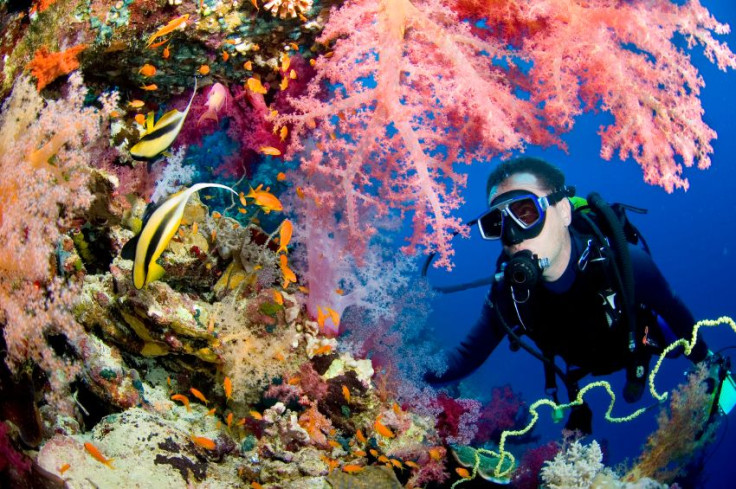
First there's the cultural preference for "softer" getaways. India's current adventure travel offerings are for the most part comparatively tame. "When it comes to adventure holidays, a majority of Indians are yet to warm up to hardcore adventure trips," observed Shibani Phadkar, senior vice president of outbound leisure travel at London-based Thomas Cook India. "They prefer safety along with comfort and hence look for 'soft adventure.' "
Still, Thomas Cook, one of the oldest travel companies in the country, has observed a transformation in its clientele, and has begun offering special packages that include indoor skydiving, ice-climbing, kayaking, zip-trekking and fissure snorkeling, which involves diving into a water body trapped between large rocks.
With these more-dynamic activities, a big challenge is safety. Particularly given the nascent stage of India's burgeoning adventure tourism industry, there's potential for real danger, with so many new companies coming onto the scene, and some carrying cost-saving efforts to unsafe levels. High-end equipment is expensive, and in India's price-sensitive market, balancing profit margins and safety issues can be perilous.
In a country beset by widespread, sometimes warranted mistrust of institutions and safety standards, a few high-profile tragedies can have a sobering effect. In January, a 26-year-old woman was killed in a skydiving accident in the southern Indian state of Tamil Nadu after her parachute failed to open. Local news reports said she jumped without an instructor, in violation of a safety practice requiring first-timers to always be strapped to a more experienced partner during a jump.
Elsewhere, in April 2012, the Hindustan Times reported that a bungee-jumping instructor fell to his death while rappelling down the glass facade of a suburban New Delhi mall. And in 2009, a 25-year-old man fell to his death in a bungee-jumping accident in Bangalore attributed to a faulty safety strap that snapped during the jump, according to The Times of India.
"India has a lot of safety concerns due to lack of proper checks from government authorities," conceded Abhishek Daga, the founder of Thrillophilia, a website that connects tour operators to potential customers online. "We are trying to bridge this gap, and a 15-member travel team is constantly on the run across the country to find the most professional operators or local activity providers." Thrillophilia dispatches its 35 employees across the country to gather information about the best travel companies, then posts those companies' tours online. The site works with 600 adventure travel operators and serves more than 2,000 customers a month.
Aryan, an instructor from Quest Adventures who goes by only one name, told IBTimes that while his company never scrimps on safety gear, "Not all travel agents have this attitude. Plus news regarding accidents while doing such activities scares the travelers [away from] trying them out."
Tejbir Singh, president of the Adventure Tour Operators Association of India, cautioned that it would be a mistake to see such incidents as indicative of the overall adventure travel industry. "It is wrong to say that one freak accident can lead to questions on the entire industry of adventure sports," Singh told the Hindustan Times after the 2012 bungee-jumping accident. India, he argued, is "at par with international standards."
Though such accidents serve as cautionary tales, Phadkar, of Thomas Cook, said they have not inhibited the growth of the industry. "With increased awareness of the high safety standards, media visibility and word of mouth, we've witnessed Indians already starting to take that leap of faith."
Changing Demographics And Tastes
The concept of adventure travel is not entirely new to India. The geographically diverse country has always attracted a stalwart group of adventure tourists from abroad, for activities ranging from mountaineering in the Himalayas to desert safaris in the west and snorkeling and scuba-diving in the remote Andaman Islands off the country's southeastern coast.
But as India's demographics change – the country is expected to become the youngest in the world by 2020, the travel preferences of its massive, and increasingly moneyed, middle class are evolving.
Only a few years ago, a holiday for an Indian family would typically have meant a trip to the nearest hill resort to escape the heat of the plains, or a weekend break at the beach, both of which would have likely involved staying in spartan, government-run hotels. Now, due to the younger and more affluent middle class, and a simultaneous slump in conventional domestic tourism, Indian travel agencies include guided sightseeing package tours to southeast Asia, Europe and the U.S., where checking places off a list takes precedence over stopping to absorb the area's history and culture. And they have begun to embrace adventure travel, which grew by 65 percent worldwide last year.
Local outfits such as Bangalore-based Quest Adventures and global giants such as Thomas Cook India (BOM:500413) and Cox & Kings are working to overcome preconceived notions among some Indians that holidays are meant to be easy, and that isolated parts of the country are unattractive destinations because they seem backward and poor. Their investment seems to be paying off: Young Indians, in particular, are discovering adventure travel "in a big way," said Karan Anand, a senior official at Cox & Kings (BOM:533144).
Ram Sharan, a Bangalore-based engineer, said he had never given much thought to adventure tourism, and when his travel agent suggested that he try it out, he was unsure if he wanted to sweat away his hard-earned vacation time kayaking, rappelling and hiking -- until he glanced across the room and saw several photos of men and women of all ages looking happy about hanging on a rope or paddling in a kayak.
"How hard could it be? They look pretty happy," Sharan recalled thinking. So he took the agent's suggestion. Sharan was hooked after going whitewater rafting on the Kali river near the small town of Dandeli in northwestern Karnataka, near the Goa border. "I was scared," he said. "The water looked furious, as if it just would not stop for anything. But the minute you take it up as a challenge to beat the river at its own game, it becomes something that you cannot imagine."
A simple online search for adventure activities in India produces scores of companies offering thrill-seekers activities ranging from paragliding near the western Indian city of Mumbai and in perennially tourist-friendly Goa to scuba-diving and surfing in the Andaman Islands and in Lakshadweep, in the Indian Ocean. Companies including Thomas Cook are loading up their itineraries with more options, including "undersea walking" in the Andamans, and elephant and tiger photo safaris at national parks around the country.
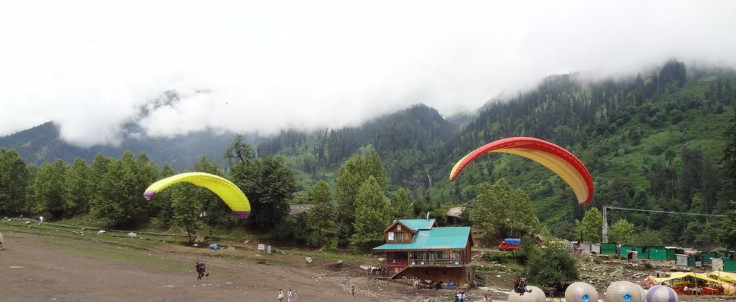
The federal and local governments have also invested considerable money and resources into publicizing local attractions to lure domestic as well as foreign tourists. The Indian Mountaineering Foundation, run by the federal government, offers discounts of up to 50 percent on adventure travel within the country to employees in the public and private sectors, as well as to international tourists. Employees in the public sector are also encouraged to use the service by way of special travel allowances and vacation days.
"Over the last 10 years, there has been a dramatic shift in the mind-set of people in terms of wanting to explore and go beyond the regular adventures that they normally take," said Debolin Sen, who operates year-round adventure tours out of Bangalore. "Though you need to motivate and coax them into going outdoors, as they see and hear more people joining in such activities, the size of the group just increases automatically."
Sen estimated there are more than a million adventure travelers in the India, while conceding that the segment is too disorganized and informal to provide accurate data on its size and growth.
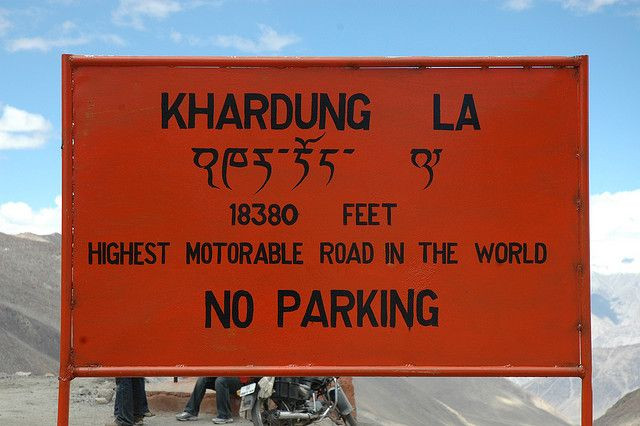

Adventure With A 'Soft' Touch
Ladakh, in the northern Indian state of Jammu and Kashmir, which is home to Khardung La, one of the world's highest motorable roads, is a growing favorite among hardcore adventure seekers. And other regions have their special offerings: There's whitewater rafting and skiing in the Himalayas; paragliding in the western Indian state of Maharashtra, south of Mumbai, a region known for its flat, table-top mountains; and hiking tours around the country that can extend from a mild two-day walk in the countryside to a two-week slog up and down hillsides.
Companies are also offering milder activities centered around cities including Bangalore, Mumbai and Chennai, and at luxury resorts around the country, which enable travelers to dip their toes into the whitewater before taking the adrenaline-inducing plunge.
Mahindra Holidays, a division of the Indian automobile company Mahindra & Mahindra, which builds all-terrain vehicles and SUVs and is a household word among urban Indians for its timeshare resorts, offers holiday packages that include adventure activities tailored to involve young children. The company mixes simpler activities such as hiking and "soft-water rafting" -- a milder form of rafting that does not involve negotiating rapids -- with their usual travel packages, and has employed special staff to coax a faster adoption rate.
"Slowly, our customers are opening up to the soft adventure activities that we allow in our resorts," Mahindra Holidays Chairman Arun Nanda told IBTimes. "For us, the advantage becomes the locations that our resorts are in. And out of that, Goa still remains a hot destination for families looking into diverse activities being mixed in their holiday package."
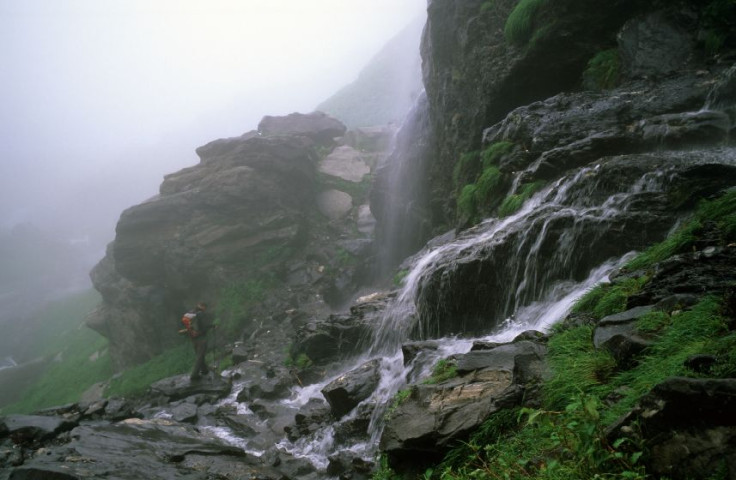
Capitalizing on a Mix of Global and Domestic Adventure Travel
A recent report from the World Tourism Organization has pegged India as the most popular destination in South Asia, with earnings of nearly $18 billion from international tourism in 2012. But, tourism within India itself remains a complex and fragmented industry, with hundreds of small, local players; a handful of big, international companies; and government-run agencies controlled by individual states.
According to the World Travel & Tourism Council (WTTC), revenues from domestic Indian tourism rose by 5.1 percent in 2013. Though arrival of foreign tourists in India is expected to slow to 2.9 percent in 2014, compared with 6.2 percent the previous year, adventure travel is expected to grow dramatically in the coming years. Referring to Travel Weekly's reported 65 percent growth in global adventure travel, Shannon Stowell, president of the Adventure Travel Trade Association, noted in that magazine: "We expected growth — we expected big growth — but not at that level."
Demand from travelers from the U.S. and Europe for adventure travel around the world is estimated to top $263 billion, Stowell observed. And, because these two markets contribute close to 70 percent of international departures, destinations in the Asia Pacific region, including India, are looking to them as drivers of future growth.
"Inbound tourism is continuing to grow both in terms of international tourist arrivals and international tourism receipts. But it is the domestic market that will see particularly strong growth in 2014, with more investment and more Indians traveling," David Scowsill, president and CEO of WTTC, told local media in March.

Travelers such as Rajasekharan and Sharan represent the target demographic.
Rajasekharan, a student at the Madras Institute of Technology in the southern Indian city of Chennai, who made her descent with the help of her Quest instructor, stood smiling at the bottom of the cliff, ready to go again. The sheer rock face, she said, did not scare her anymore.
And after returning from his stint at kayaking and rappelling, Sharan observed, "My next destination is trekking somewhere in the Himalayas, possibly I'll add rafting, too." Illustrating the growing allure of adventure tourism for the initiated traveler, he added, "It would be thrilling to camp up there."
© Copyright IBTimes 2025. All rights reserved.






















